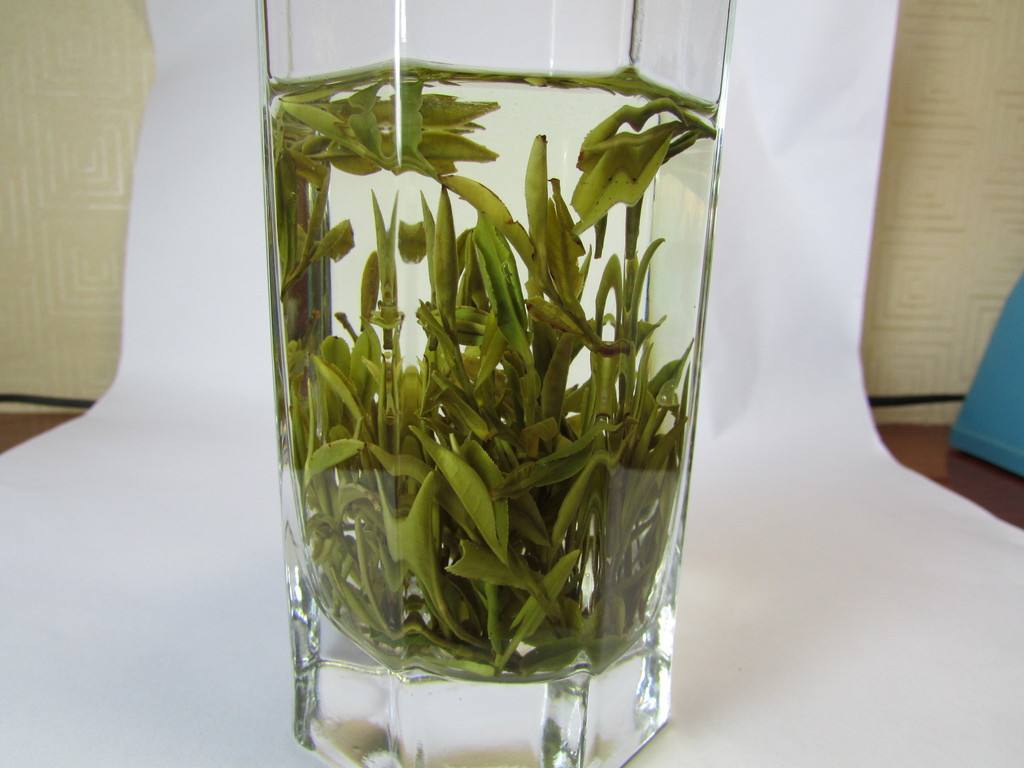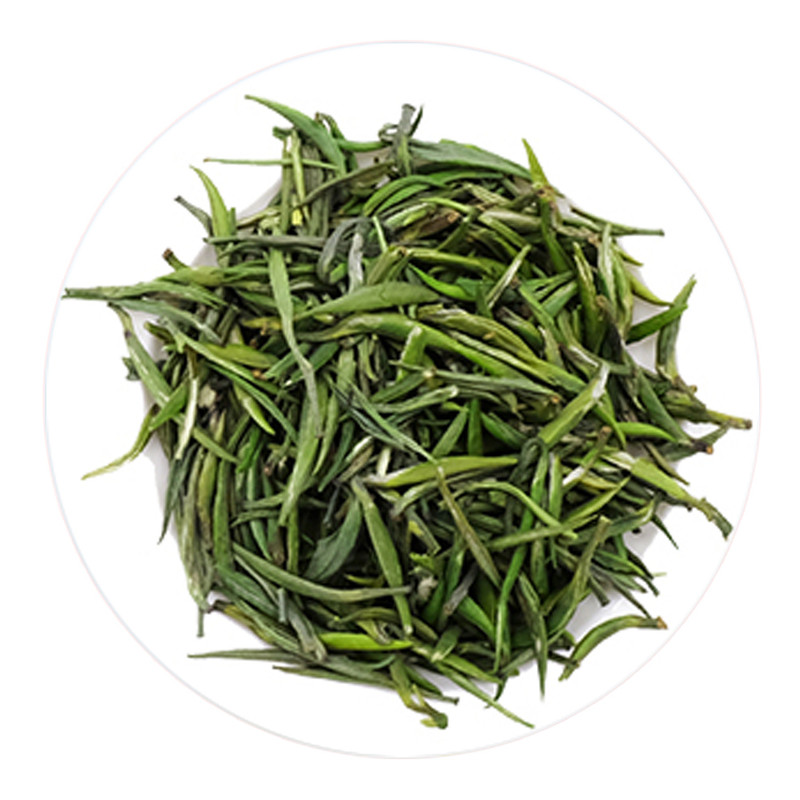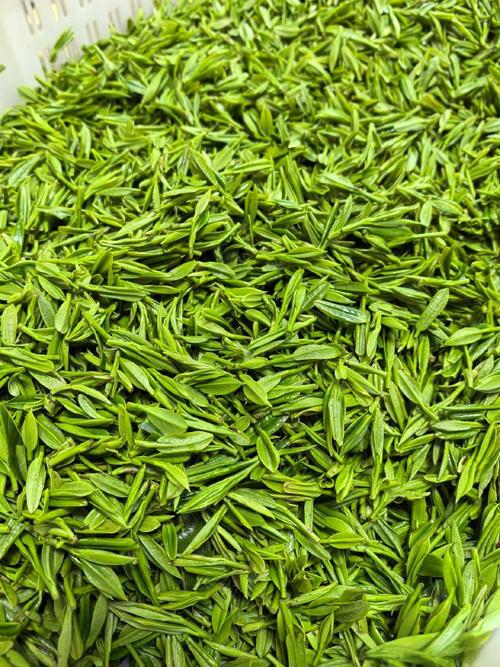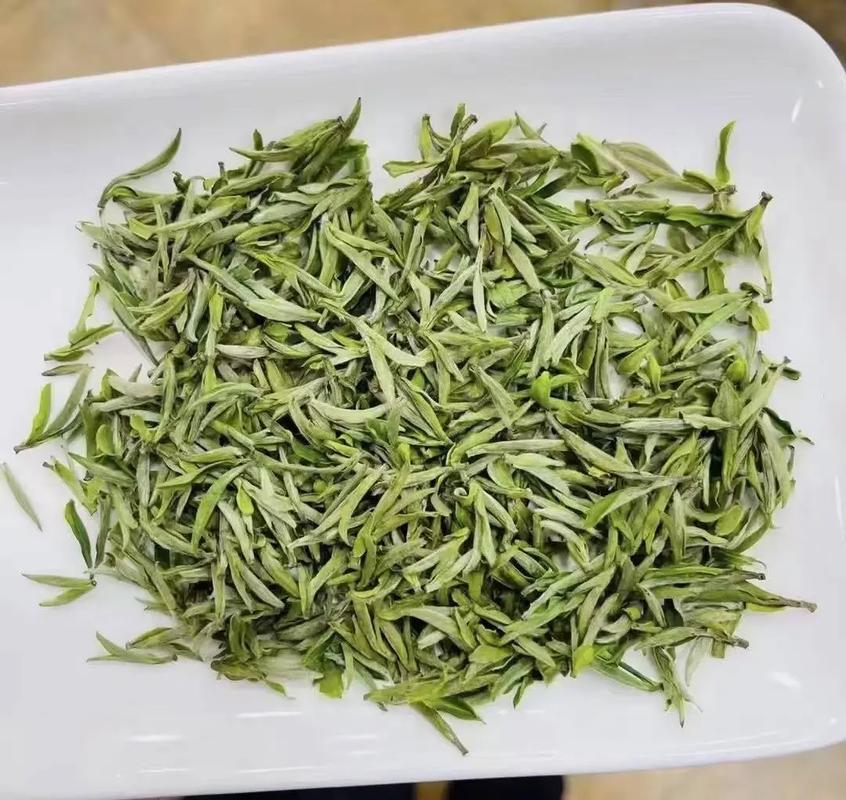Nestled in the mist-clad slopes of Mount Xiaoxian in Huoshan County, Anhui Province, lies the origin of Xiao Xian Chun (小岘春), a historic green tea that has enchanted connoisseurs since the Ming Dynasty. Revered as a “living fossil” of China’s tea culture, this leaf embodies the harmony of artisanal craftsmanship and natural elegance.

A Legacy Resurrected: From Imperial Courts to Modern Teacups
First documented in the Compendium of Tea during the Qing Dynasty, Xiao Xian Chun earned acclaim for its “bamboo-like form and autumn harvest aroma.” Though its production waned in the early 20th century, a 1987 revival project spearheaded by tea masters Chen Yuan and Jiang Guanghui restored this heritage tea. Today, it bears dual certification as an Anhui Provincial Famous Tea and a National Intangible Cultural Heritage, a testament to its cultural significance.
Terroir & Craftsmanship: The Alchemy of Mountain Mist
Grown at 300-600 meters above sea level in the Dabie Mountain range, Xiao Xian Chun’s tea bushes thrive in acidic red soil and a subtropical monsoon climate. The spring harvest (April 10-May) yields tender one-bud-two-leaf shoots, meticulously handpicked before sunrise to preserve dew-kissed freshness.
The production process is a dance of fire and finesse:
- Withering: Leaves are spread 4cm thick on bamboo trays for 4 hours, allowing enzymatic oxidation to begin.
- Fixation: A “high-then-low” temperature regime (130°C→100°C) in rotating drums halts oxidation while retaining 85% polyphenols.
- Shaping: The signature step—using sorghum-broom whisks to rhythmically toss and pat the leaves in woks—creates its distinctive flat, needle-like form with downy tips.
- Drying: Three-stage roasting (130°C initial → 85°C finishing) locks in emerald-green hues and toasty chestnut notes.
The Aesthetics of Infusion: A Multi-Sensory Journey
Brewing Xiao Xian Chun demands precision to unlock its full potential:
- Water: 85-90°C (boil water, then cool 5 minutes)
- Ratio: 3g tea to 150ml water (8-ounce cup)
- Method: “Top-pour” technique—gently pour water over the back of a spoon to avoid scorching leaves.
The liquor unfolds in layers:
- First Infusion (20s): Pale jade hue with orchid-like fragrance
- Second Infusion (30s): Velvety mouthfeel with chestnut sweetness
- Third Infusion (40s): Lingering freshness reminiscent of spring bamboo shoots
Authentication & Grading: The Connoisseur’s Eye
Distinguishing authentic Xiao Xian Chun requires scrutiny:
- Visual: Tight, straight leaves with silver tips; avoid broken or overly curled specimens
- Aroma: Fresh grassiness mingled with toasted grain notes (counterfeits often smell of burnt sugar)
- Liquor: Bright yellow-green hue; inferior grades appear murky with bitter aftertaste
Grading follows strict criteria:
| Grade | Leaf Standard | Aroma Profile | Price (CNY/500g) |
|---|---|---|---|
| Special | 90% one-bud-two-leaf, uniform | Persistent orchid-chestnut | 800-1,200 |
| Premium | 80% standard, slight tip | Bright grass-chestnut | 500-800 |
| Standard | 70% compliance | Clean grassy notes | 200-500 |
Healing Brew: From Courtly Elixir to Modern Wellness
Modern science validates ancient wisdom:
- Antioxidant Power: 23.6% polyphenol content (tested via HPLC)
- Metabolic Boost: Caffeine-theanine synergy enhances fat oxidation by 18%
- Radioprotective: Polysaccharides shown to reduce radiation-induced DNA damage (in vitro)
Traditional uses include:
- Post-meal digestive aid (3g steeped 3 minutes)
- Topical application for skin infections (cooled tea as antiseptic wash)
Preserving the Legacy: From Garden to Globe
While mechanized versions now exist, artisanal Xiao Xian Chun remains a labor of love—each kilogram requires 40,000 meticulous plucks. As China’s tea culture evolves, this ancient brew bridges past and present, offering a sip of Ming Dynasty elegance in every cup.
Xiao Xian Chun is more than tea—it’s a meditation on time, a testament to human ingenuity, and a fragrant ambassador of China’s living tea heritage.



